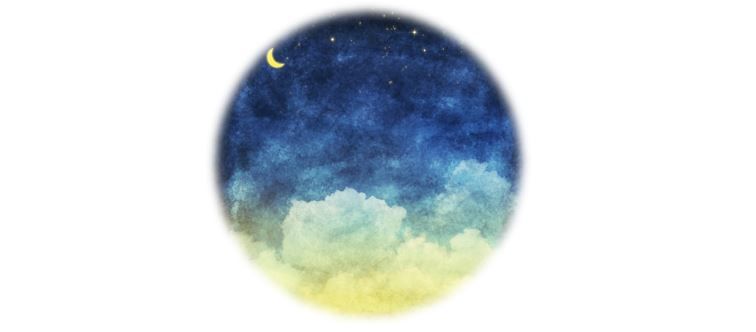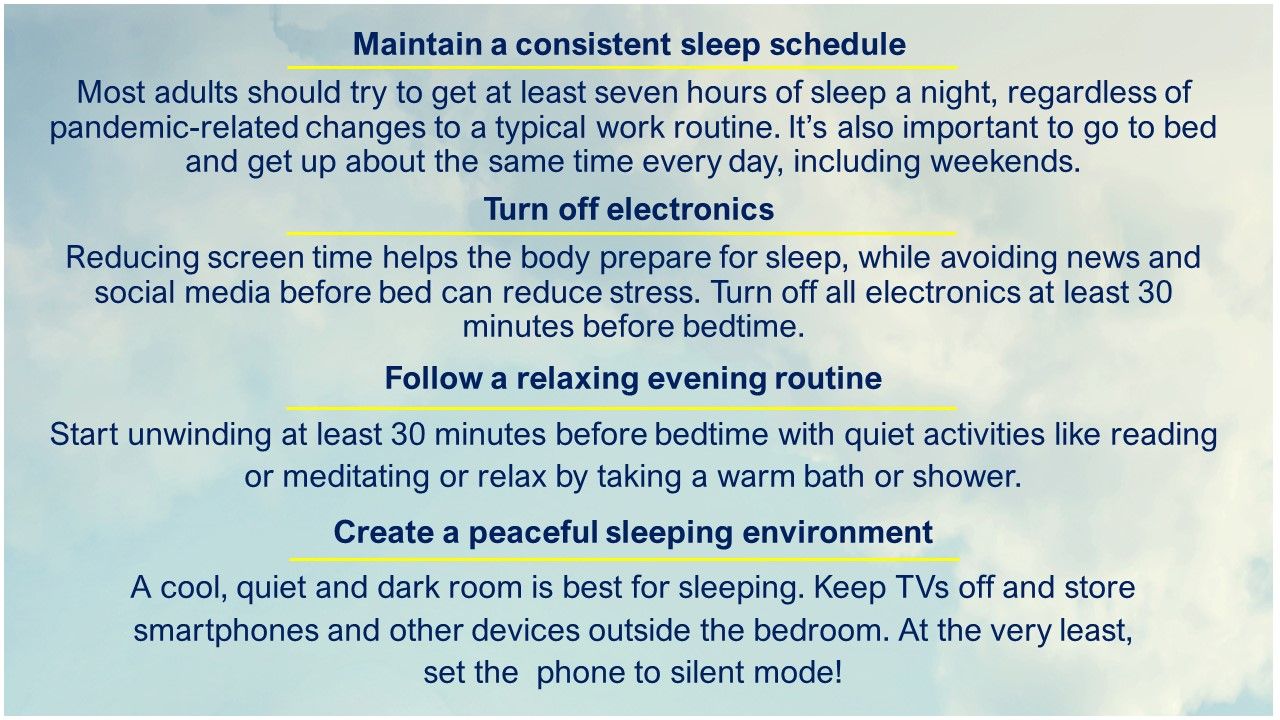Pandemic-induced Sleep Disturbance Affects More than Half of US Adults
"COVID-somnia," defined as a group of chronic sleep disturbances, has made adequate rest elusive for millions, including health care first responders.

More than half of Americans (56%) say they have experienced an increase in sleep disturbance since the beginning of the Covid-19 pandemic, according to a survey commissioned by the American Academy of Sleep Medicine (AASM).
Of the reported sleep disturbances—referred to as “COVID-somnia,”—trouble falling or staying asleep was the most common (57%), followed by sleeping less (46%), worse sleep quality (45%), and having more disturbed dreams (36%).
The online survey of 2006 US adults was conducted between March 11 and 15, 2021.
"COVID-somnia can be brought on by multiple stressors: fears about the pandemic, concern for loved ones, financial worries, and limited socialization," said Jennifer Martin, PhD, president-elect of the AASM board of directors, in a statement. "The best way to get healthy sleep during these unprecedented times is to be intentional about your sleep habits and routines."
Among the 56% who reported experiencing symptoms of COVID-somnia, the proportion was slightly higher among men (59%) vs women (54%) and among younger people vs older adults:
- Gen Z 59%, Millennials 64%, Gen X 59%
- Baby Boomers, 41%, adults ≥76 years, 25%
Those aged 35-44 years reported the highest rate of sleep disturbance – 70%.
More women than men with COVID-somnia reported trouble staying or falling asleep (67% vs 47%) and half of women with sleep problems reported less nightly sleep (51%) and worse quality of sleep (50%) vs men (41% for both). Slightly more men than women (38% vs 34%) reported having more disturbing dreams since the beginning of the pandemic.
Respondents in the northeast were the most likely to report sleep disturbances (63%) followed by those living in the west (58%) and the Midwest (57%); in the south, just over one-half (52%) indicated they had symptoms of COVID-somnia.
Published research on the impact of the pandemic on sleep quality includes several large meta-analyses synthesizing data from nearly 200 studies on the topic and on the association of disturbed sleep and psychological health. The pooled estimated prevalence of sleep problems reported in the Lancet by Alimoradi et al was 37%, regardless of gender or population. The analysis found the prevalence of disturbed sleep among health care professionals was somewhat higher (43%) and much higher among patients with COVID-19 infection (55%).
A second meta-analysis, in the Nature of Science and Sleep, reported ranges in prevalence of sleep disturbance for the same 3 populations: 33.3–84.7% in hospitalized COVID-19, 18.4-84.7% in health care workers, and 17.65-81% in the general population.
Both studies found sleep problems associated with higher levels of psychological distress and anxiety.
Authors of both studies point to fear, the significant and ongoing upheaval in routine in nearly all domains of daily life, and the known effects of disaster on sleep and mental health as broad contributing factors.
Approaches to amelioration recommended in discussions of the research are echoed in the practical suggestions the AASM provides, below. Although they are well-known, time-tested, and simple, for patients whose ability to achieve restful sleep has been disrupted for nearly 2 years, they may be achievable small steps to take.
